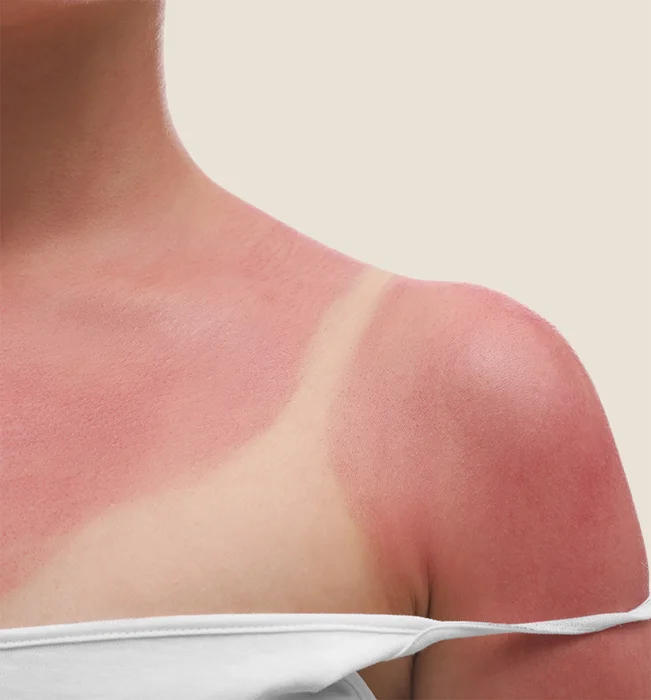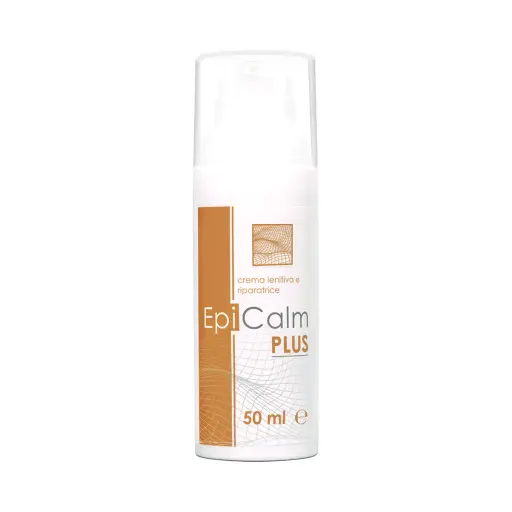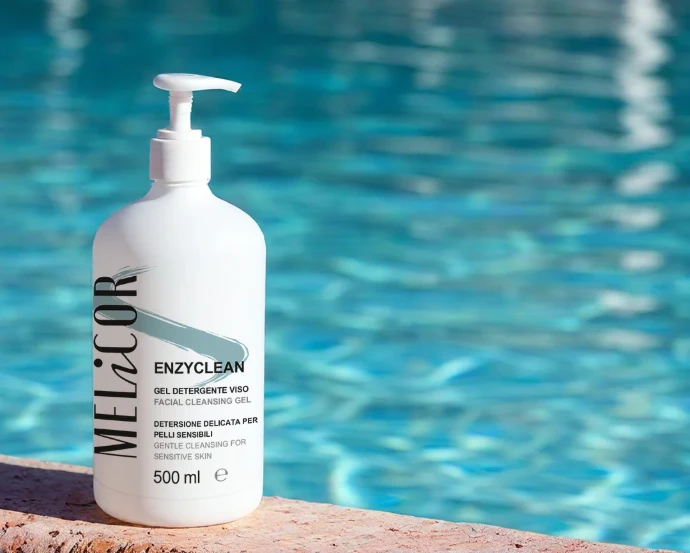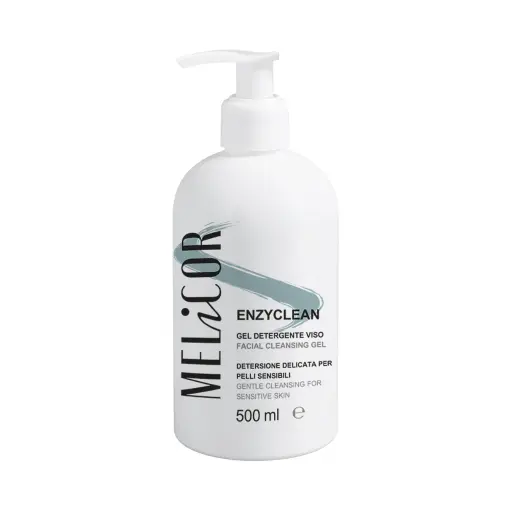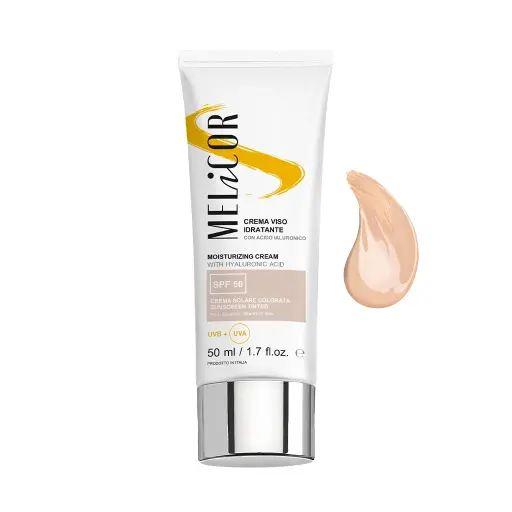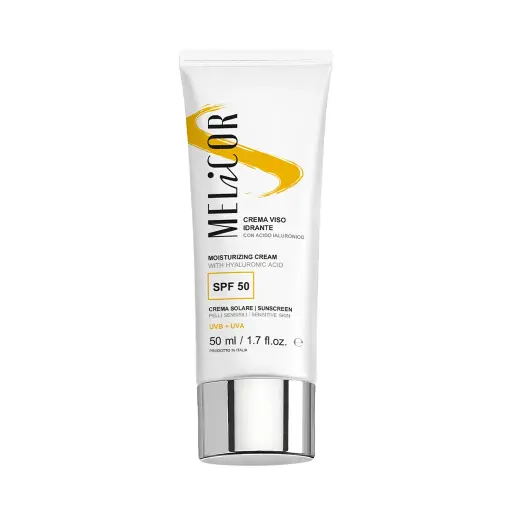Sunburn affects millions of people annually, with over one-third of the population experiencing painful sun damage each summer. Understanding how to treat sunburn properly and when to seek medical attention can make the difference between quick healing and serious complications. Discover the most effective sunburn remedies, sunburn relief methods, and prevention strategies to protect your skin.
Sunburn symptoms and classification
Important: Redness typically develops 3-5 hours after sun exposure, peaking at 12-24 hours. Complete healing takes 3-10 days depending on severity.
Immediate sunburn first aid: what to do right away
Best sunburn treatment and remedies
Immediate skin hydration
After cooling, it's essential to moisturize sunburned skin deeply:
Epicalm Plus is a specialized sunburn repair cream containing 92.5% natural ingredients. This premium formula
- Reduces redness and burning sensation quickly
- Deeply hydrates while preventing moisture loss
- Prevents future hyperpigmentation
- Promotes cellular regeneration with panthenol and vitamin E
Key active ingredients in Epicalm Plus:
- Phytosqualane: natural olive-derived emollient for deep hydration
- Shea Butter: nourishes and repairs damaged skin
- Milk Thistle Extract (Silymarin): antioxidant that increases UV resistance by 24%
- Bisabolol: effectively soothes inflamed, red skin
Pain and inflammation relief
- Over-the-counter pain relievers (ibuprofen, aspirin) to reduce pain and inflammation
- Avoid topical anesthetics - risk of allergic reactions
- Cool compresses applied repeatedly throughout the day
Sunburn blister care
Essential rules:
- NEVER pop intact blisters - they protect against infection
- If blisters break naturally, gently wash with clean water
- Apply sterile moist dressing
- Monitor for signs of infection (pus, red streaks, increasing pain)
What NOT to do for sunburn treatment
Dangerous treatment mistakes:
❌ Oil or petroleum jelly - traps heat in skin
❌ Direct ice application - can cause further damage
❌ Topical anesthetics (benzocaine) - high allergy risk
❌ Corticosteroids - ineffective for sunburn
❌ Peeling skin removal - increases infection risk
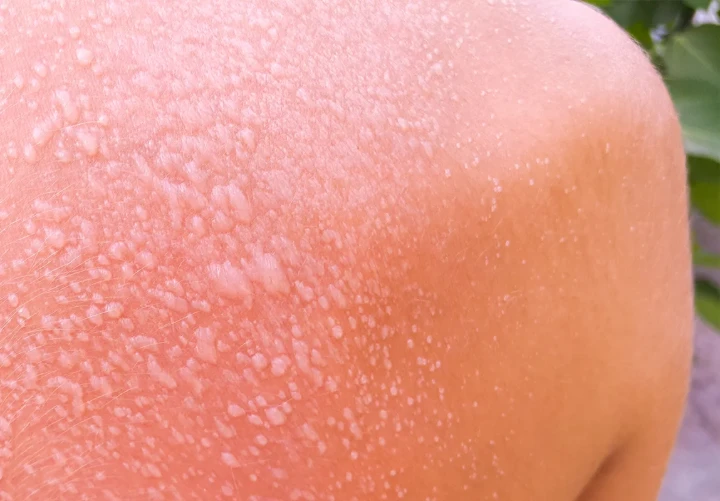
When to see a doctor for sunburn
Seek immediate medical attention for:
- Fever over 100.4°F (38°C) with chills
- Severe nausea, vomiting, or dizziness
- Signs of dehydration: dizziness, dry mouth, decreased urination
- Extensive blistering over large areas
- Signs of infection: pus, red streaks from burn, increasing pain
- Burns covering more than 20% of body surface
High-risk groups:
- Phototype I-III fair skin types that burn easily
- People taking photosensitizing medications
- Infants under 6 months (require total sun protection)
- Exposure at high altitude or near reflective surfaces
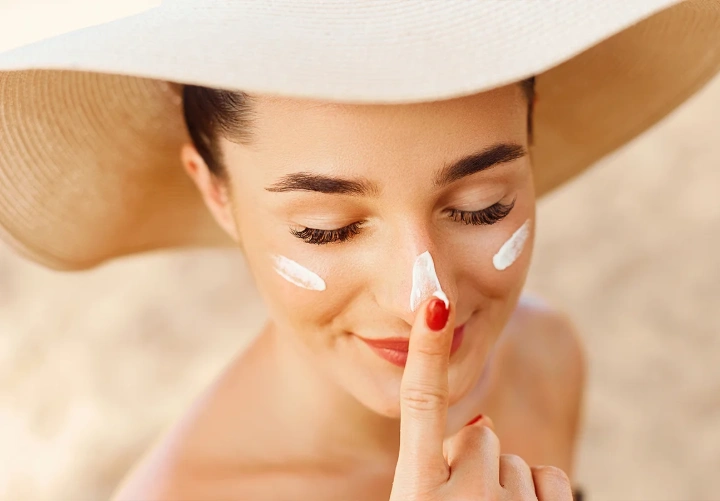
Sunburn prevention: the best defense
Daily sun protection
Prevention remains the most effective strategy:
Hydrating face sunscreen SPF 50 offers:
- Broad-spectrum protection UVB + UVA-I + UVA-II
- Lightweight texture perfect for daily use
- Hyaluronic Acid for continuous hydration
- Ectoin for advanced cellular protection
- Safe for sensitive skin and post-treatment care
Sun safety golden rules:
- Apply 15-30 minutes before sun exposure
- Reapply every 2 hours and after swimming
- Avoid peak hours 10 AM-4 PM (highest UV intensity)
- Wear protective clothing and wide-brimmed hats
- Seek shade during midday hours
Post-sunburn care and recovery
Treatment for different body areas
For extensive body sunburn, use Epicalm soothing body cream contains:
- 88% natural ingredients for optimal recovery
- Organic calendula for wound healing
- Vitamin E antioxidant for cellular protection
- Light texture that won't clog pores

Healing Timeline:
Days 1-3
Peak redness and pain
Days 3-7
Gradual symptom improvement
Days 7-10
Blister healing and peeling begins
Weeks 2-4
Increased sun sensitivity continues
Long-term consequences of sunburn
Skin health risks:
- Premature aging (photoaging)
- Increased melanoma risk and other skin cancers
- Hyperpigmentation and permanent dark spots
- Loss of skin elasticity
Dermatological monitoring:
People with recurrent sunburn should have:
- Annual dermatology checkups
- Mole mapping for monitoring changes
- Enhanced sun protection for at least one month post-burn
Natural sunburn remedies that work
Clinically-proven natural ingredients:
- Aloe Vera: natural anti-inflammatory and healing properties
- Chamomile: soothing and anti-inflammatory action
- Colloidal Oatmeal: for calming baths
- Hyaluronic Acid: deep, lasting hydration
- Panthenol (Pro-vitamin B5): cellular regeneration
Frequently Asked Questions about sunburn
How long does sunburn last?
- Mild sunburn: 3-7 days
- Blistering sunburn: 7-10 days
- Peeling phase: up to 10 additional days
Can I speed up sunburn healing?
Yes, using specialized products like Epicalm Plus can:
- Reduce healing time significantly
- Prevent complications
- Minimize scarring risk
When can I go back in the sun?
- Wait for complete healing
- Use SPF 50+ for the first month
- Avoid prolonged exposure for at least 2 weeks
Conclusion: protecting your skin investment
Sunburn isn't just temporary discomfort - it represents serious skin damage with potential long-term consequences. Proper prevention and prompt treatment with specialized products can make the difference between quick recovery and lasting complications.
The Epicalm line, developed with advanced dermatological science, offers complete solutions for:
- Advanced sun protection with broad-spectrum coverage
- Immediate sunburn treatment for fast relief
- Optimal skin recovery from sun damage
Remember:
- Daily sun protection is an investment in your future skin health
- Quality products can significantly accelerate healing
- For severe symptoms, always consult a healthcare professional
This article is for informational purposes only and does not replace professional medical advice. For severe sunburn or concerning symptoms, always consult a qualified dermatologist.
References
- Guerra KC, Crane JS. Sunburn. [Updated 2023 Oct 29]. In: StatPearls [Internet]. Treasure Island (FL): StatPearls Publishing; 2025 Jan-.
- Milner SM. Sunburn. Eplasty. 2024 Jun 11;24:QA17. PMID: 39233706; PMCID: PMC11374383.
